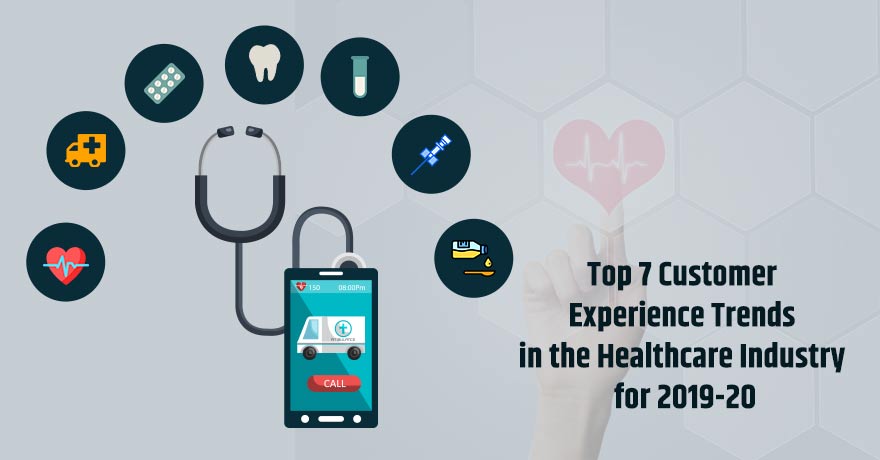The landscape associated with healthcare is growing at an unmatched pace, driven generally by technological improvements. Among these, telemedicine stands apart as a new transformative force, encouraging to make healthcare more accessible, useful, and personalized. As we look in the direction of the future, it’s essential to explore the innovative advances being made and typically the challenges that must be dealt with to fully recognize the potential involving telemedicine.


Innovations Surrounding the Future regarding Telemedicine
Artificial Cleverness and Machine Studying
AI and machine learning are revolutionising telemedicine by improving diagnostic accuracy plus personalizing patient attention. Advanced algorithms can analyze vast sums of data coming from medical records, wearable devices, and image resolution studies to give more precise diagnostic category and treatment tips. AI-driven chatbots plus virtual assistants are usually also improving sufferer engagement by providing immediate responses to health-related queries and improvement appointment scheduling.
Remote Monitoring and Wearable Technology
Wearable products and remote overseeing tools have become increasingly sophisticated, enabling current tracking of vital signs and well being metrics. From smartwatches that monitor center rate and ECG to glucose monitors and sleep trackers, these technologies enable continuous health checking outside traditional scientific settings. This data can be important for managing serious conditions and preventing emergencies.
Augmented Fact (AR) and Electronic Reality (VR)
AREAL and VR technology are opening brand new frontiers in telemedicine. Surgeons may use AREAL to overlay critical information during processes, enhancing precision and even safety. VR is usually being explored with regard to medical training and patient rehabilitation, offering immersive experiences that can aid in both learning and therapy.
Blockchain for Health and fitness Data Security
Blockchain technology is gaining attention for their potential to secure health data and ensure privacy. By developing immutable records plus decentralized systems, blockchain can help shield patient information by unauthorized access in addition to fraud, fostering rely on in telemedicine platforms.
Advanced Telehealth Platforms
Modern telehealth systems are evolving in order to include comprehensive features such as built-in electronic health documents (EHRs), video consultation services, prescription services, and even virtual diagnostics. These platforms will be designed to provide a seamless experience for both people and providers, making telemedicine better plus user-friendly.
Challenges Experiencing Telemedicine
Regulatory in addition to Legal Issues
Typically the regulatory landscape for telemedicine is complex and varies considerably across regions. Problems such as licensure requirements, cross-border care, and reimbursement procedures pose significant challenges. Navigating these rules may be cumbersome regarding healthcare providers and can impact typically the delivery and accessibility of telemedicine services.
Data Privacy plus Security
Using the rise of digital health records and telemedicine platforms, ensuring files privacy and security is a crucial concern. Cybersecurity risks and data breaches can compromise affected person information, leading in order to a loss associated with trust and prospective legal repercussions. Addressing Healthcare Networking requires robust security measures and ongoing caution.
Digital Divide and even Accessibility
Inspite of the development of telemedicine, there remains a considerable digital divide of which affects many men and women, particularly those in underserved or rural areas. Usage of trusted internet, smartphones, and even digital literacy can easily be barriers to be able to telemedicine adoption. Bridging this divide is crucial to ensure that will the benefits regarding telemedicine are impartialy distributed.
Quality of Care and Sufferer Expertise
Maintaining high standards of care in the virtual setting could be challenging. Problems such as the inability in order to perform physical exams and the constraints of virtual services can impact analysis accuracy and individual outcomes. Ensuring that telemedicine services supply quality care and even a satisfactory sufferer experience requires continuous refinement and version.
Integration with Conventional Healthcare Systems
Including telemedicine with present healthcare systems and workflows can become complex. Challenges include coordinating between in-person and virtual attention, ensuring continuity involving care, and managing the interoperability associated with different health IT systems. Effective integration is crucial for producing a cohesive healthcare experience.
Looking In advance
The future of telemedicine is shiny, with continued developments promising to enhance healthcare delivery and access. Innovations in technology are growing the possibilities associated with telemedicine, making that a valuable element of modern healthcare. On the other hand, addressing the problems that accompany these kinds of advancements is similarly important to ensure telemedicine can reach the full potential.
While we move forward, collaboration among technological innovation developers, healthcare providers, regulators, and policymakers is going to be key in order to overcoming these obstructions and shaping a future where telemedicine is accessible, safe, and effective intended for everyone. By browsing through these challenges thoughtfully and embracing the particular opportunities that arise, we can look forward to a future in which telemedicine plays a new pivotal role within transforming healthcare.
